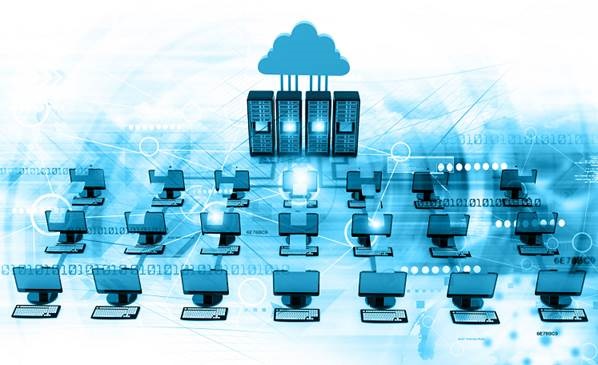Data Processing
Collection, manipulation, and processing collected data for the required use is known as data processing. It is a technique normally performed by a computer; the process includes retrieving, transforming, or classification of information.
However, the processing of data largely depends on the following −
- The volume of data that need to be processed
- The complexity of data processing operations
- Capacity and inbuilt technology of respective computer system
- Technical skills
- Time constraints
Methods of Data Processing
Let us now discuss the different methods of data processing.
- Single user programming
- Multiple programming
- Real-time processing
- On-line processing
- Time sharing processing
- Distributed processing
Single User Programming
It is usually done by a single person for his personal use. This technique is suitable even for small offices.
Multiple Programming
This technique provides facility to store and execute more than one program in the Central Processing Unit (CPU) simultaneously. Further, the multiple programming technique increases the overall working efficiency of the respective computer.
Real-time Processing
This technique facilitates the user to have direct contact with the computer system. This technique eases data processing. This technique is also known as the direct mode or the interactive mode technique and is developed exclusively to perform one task. It is a sort of online processing, which always remains under execution.
On-line Processing
This technique facilitates the entry and execution of data directly; so, it does not store or accumulate first and then process. The technique is developed in such a way that reduces the data entry errors, as it validates data at various points and also ensures that only corrected data is entered. This technique is widely used for online applications.
Time-sharing Processing
This is another form of online data processing that facilitates several users to share the resources of an online computer system. This technique is adopted when results are needed swiftly. Moreover, as the name suggests, this system is time based.
Following are some of the major advantages of time-sharing processing −
- Several users can be served simultaneously
- All the users have almost equal amount of processing time
- There is possibility of interaction with the running programs
Distributed Processing
This is a specialized data processing technique in which various computers (which are located remotely) remain interconnected with a single host computer making a network of computer.

All these computer systems remain interconnected with a high speed communication network. This facilitates in the communication between computers. However, the central computer system maintains the master data base and monitors accordingly.




0 Comments